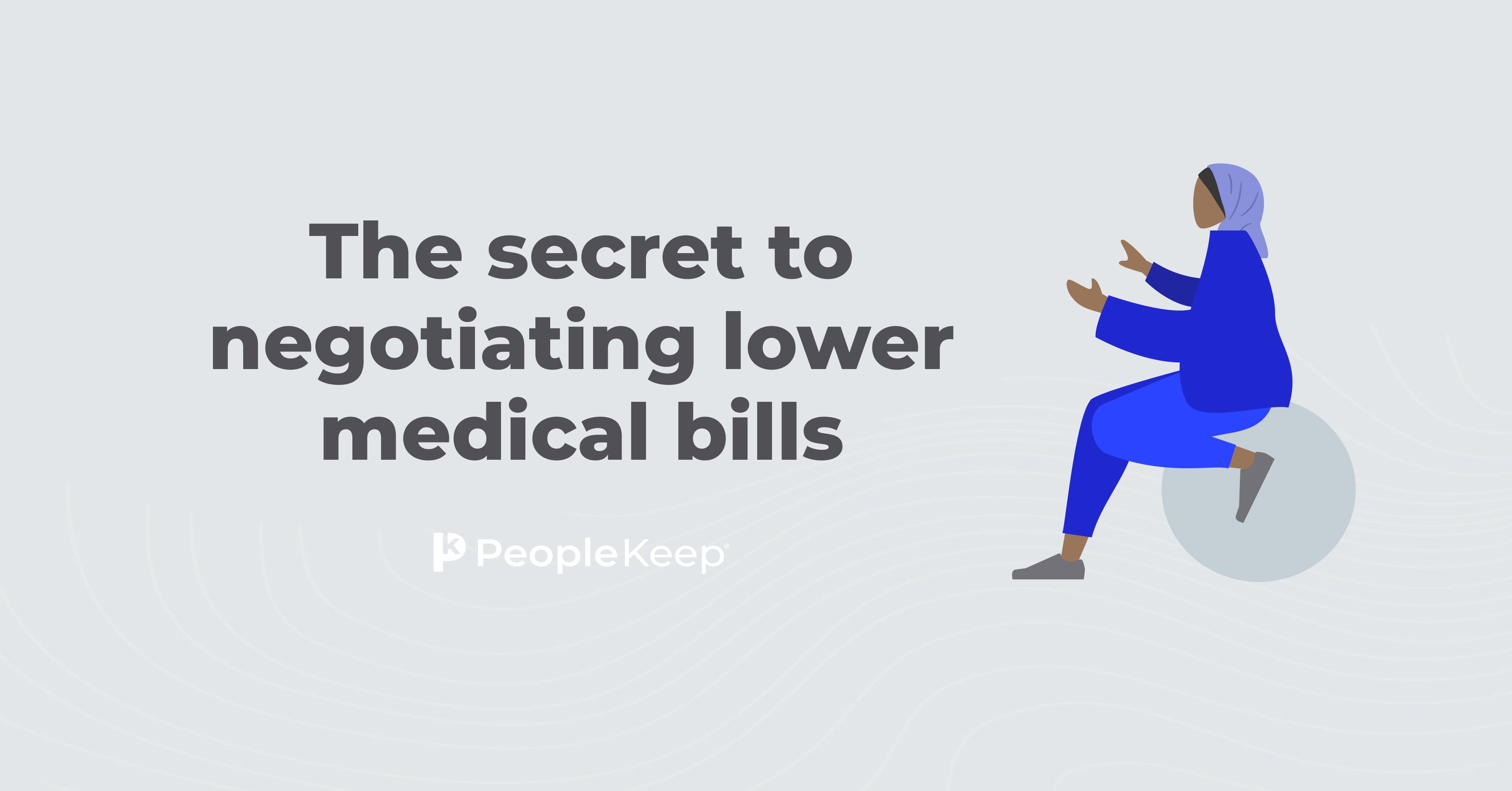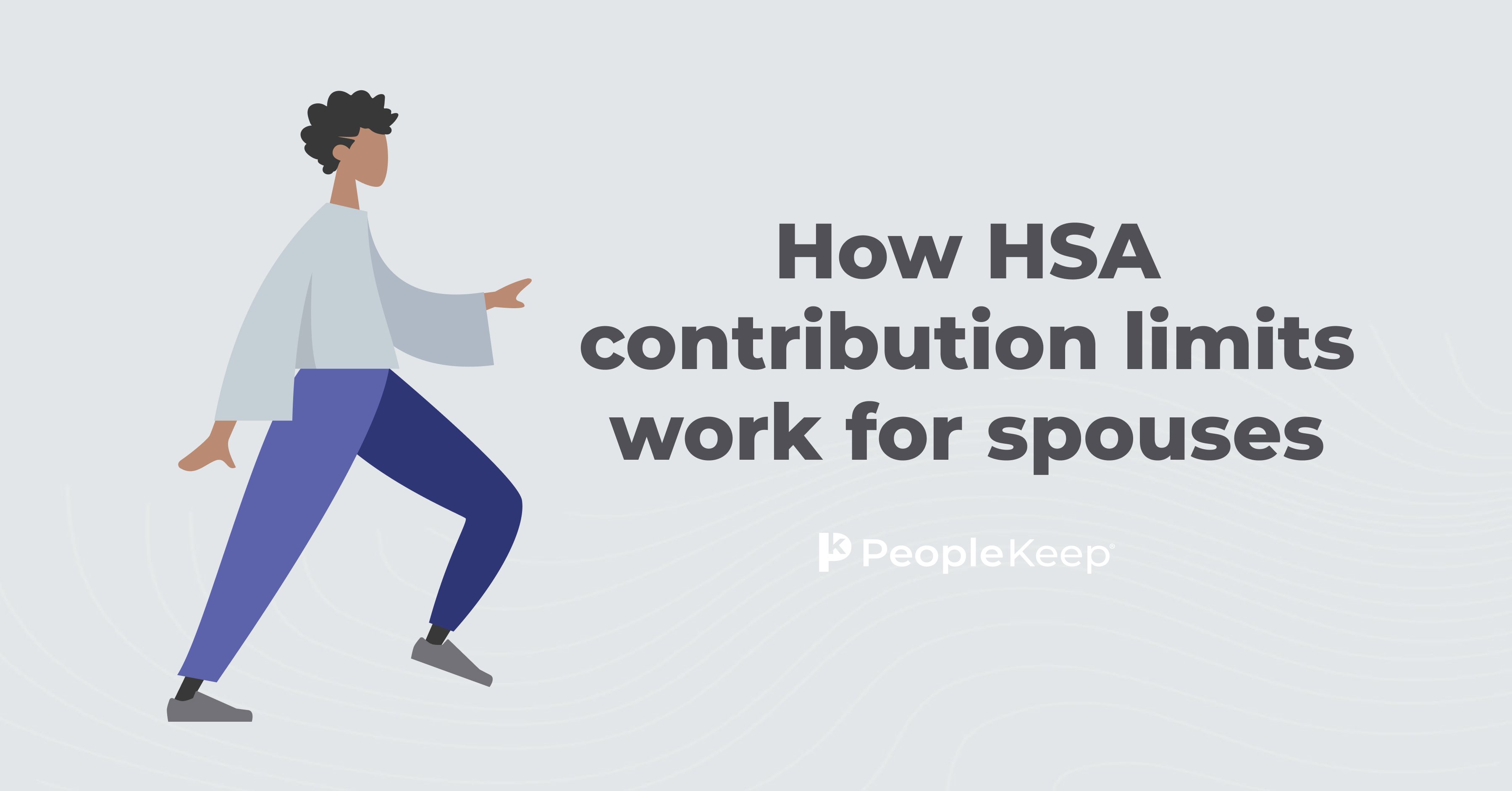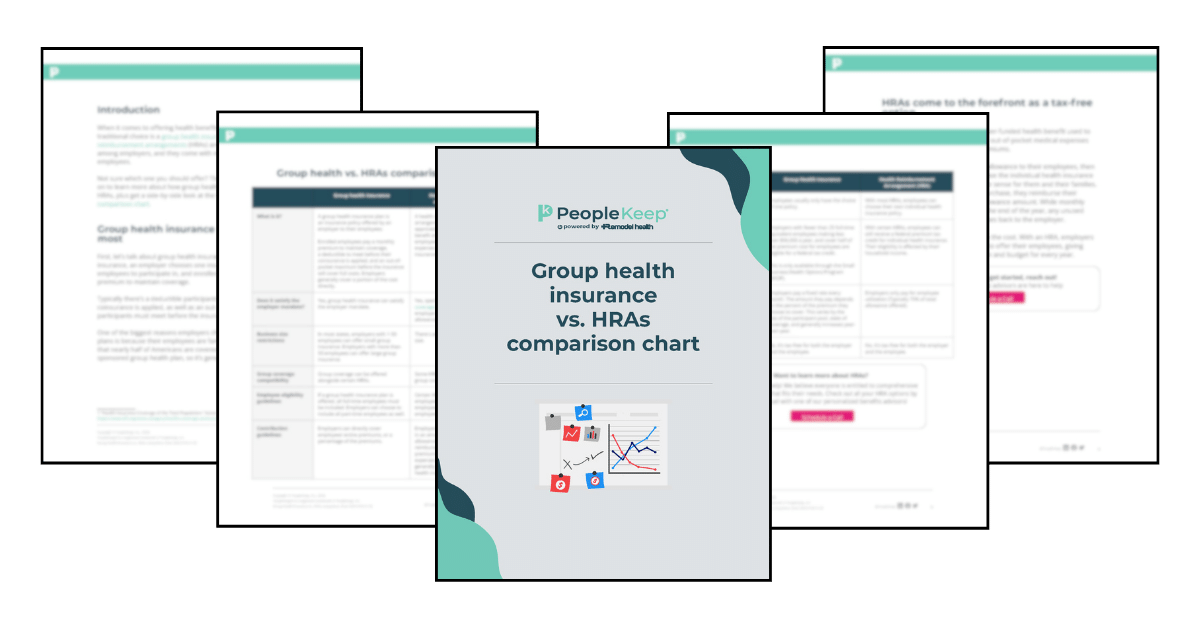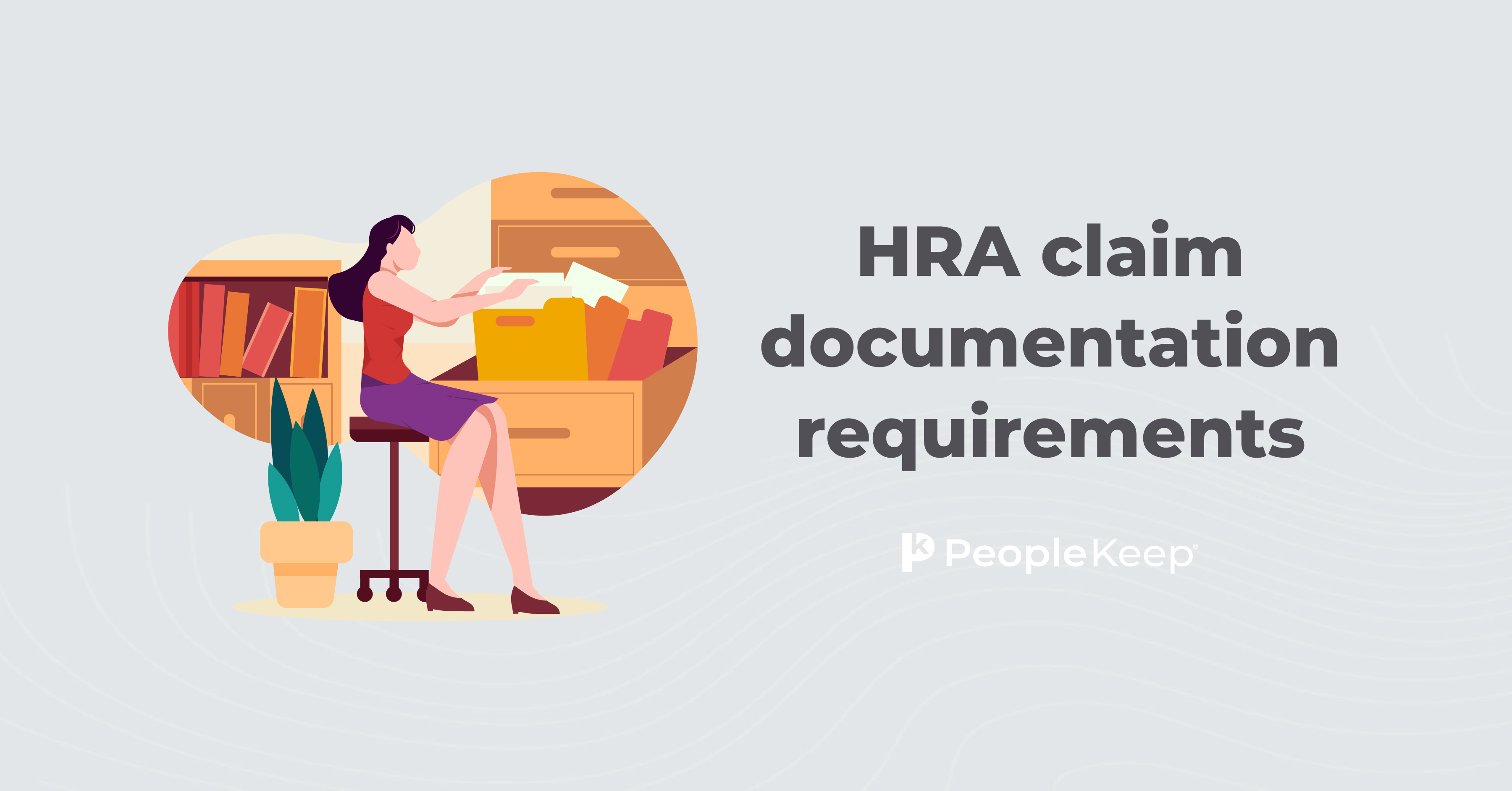
HRA claim documentation requirements
In this article, we’ll go over the five HRA claim documentation requirements and how PeopleKeep makes the review process quick and easy for employers.
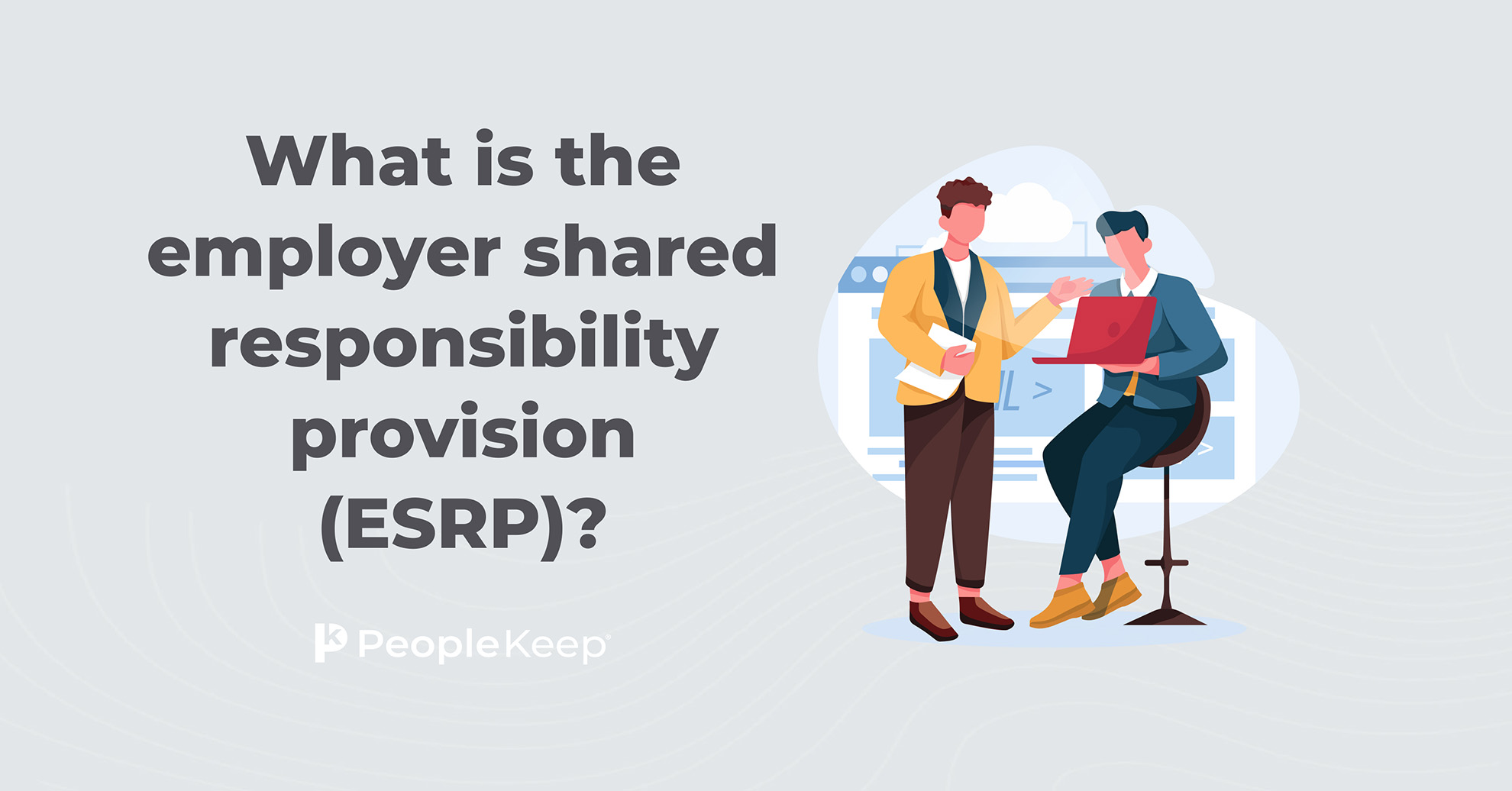
What is the employer shared responsibility provision (ESRP)?
In this article, we'll explain the ESRP and how it impacts your organization. We'll also go over your options for compliant health benefits.

Reverse mentoring: What it is and why you should encourage it
This article will take you through the ins and outs of reverse mentoring, including its advantages and how you can start a reverse mentoring program.
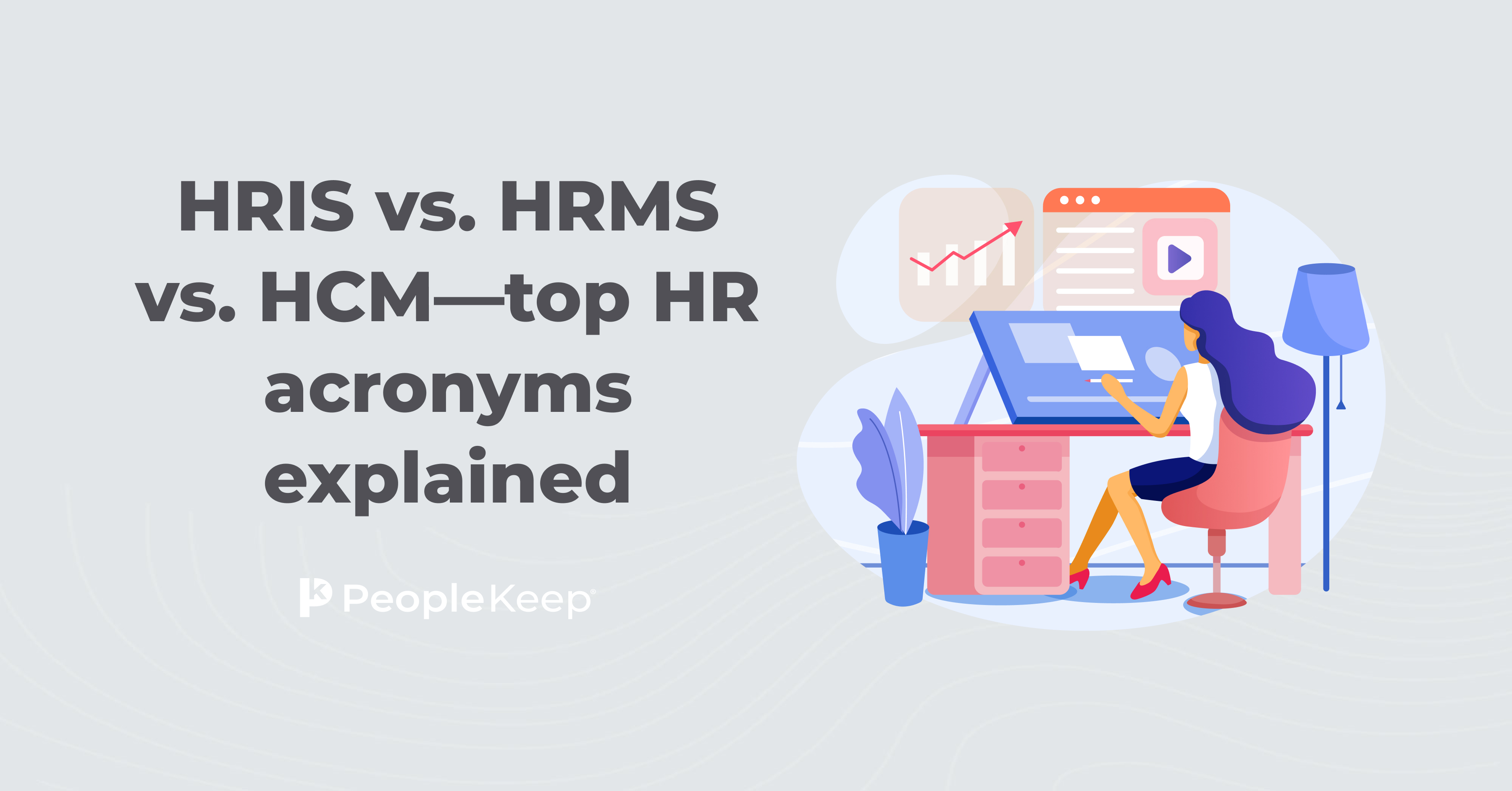
HRIS vs. HRMS vs. HCM—top HR acronyms explained
HRIS, HRMS, and HCM all improve your HR processes, but which one is right for your business? This guide breaks down the differences and benefits of each.

What is the right to disconnect?
This blog will explain the right to disconnect, its pros and cons, and how you can support your employees so they avoid health issues or burnout.
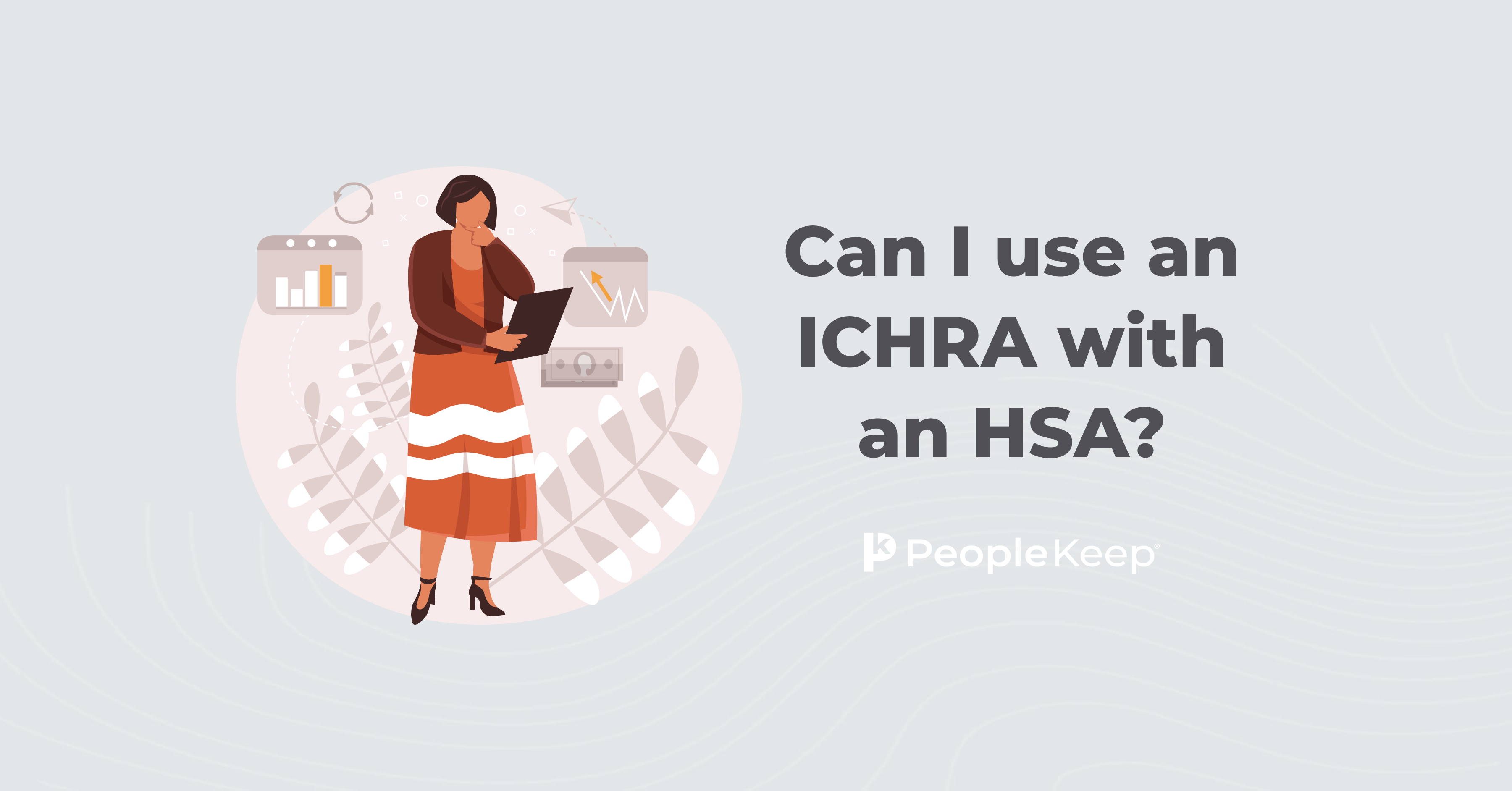
Can I use an ICHRA with an HSA?
In this article, we'll compare both health benefits options and explain how to offer them at the same time.

What is a technology stipend?
Curious about technology stipends? Discover how companies use this allowance to empower employees with the latest tech tools and enhance productivity.
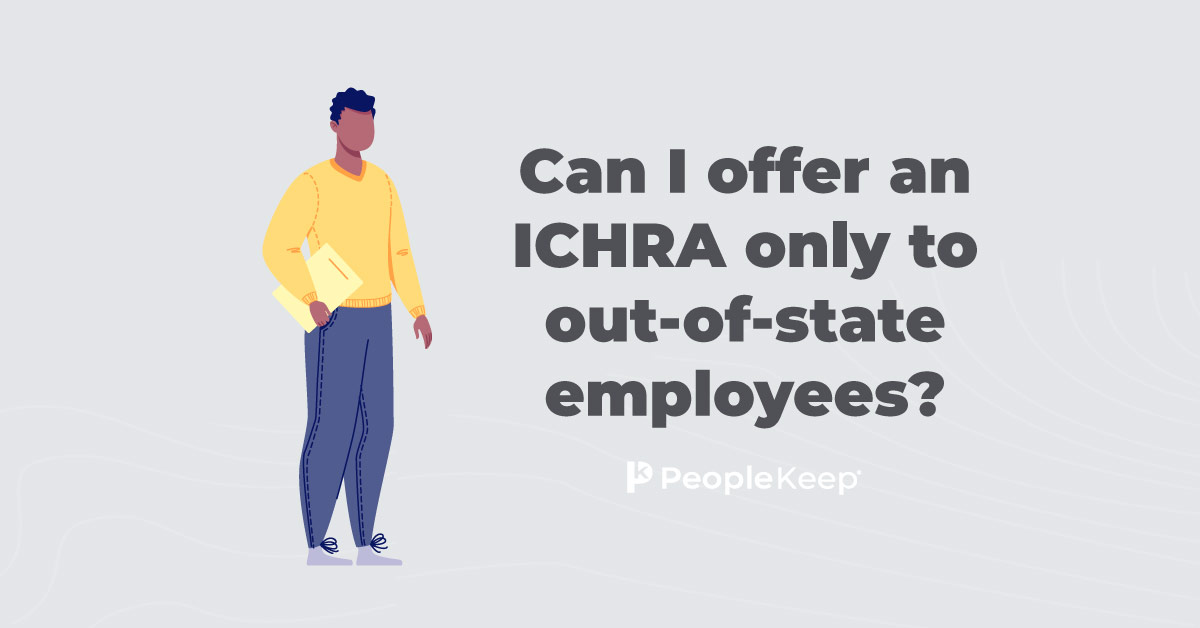
Can I offer an ICHRA only to out-of-state employees?
Learn how you can use employee classes to offer an individual coverage HRA (ICHRA) to only your out-of-state employees.
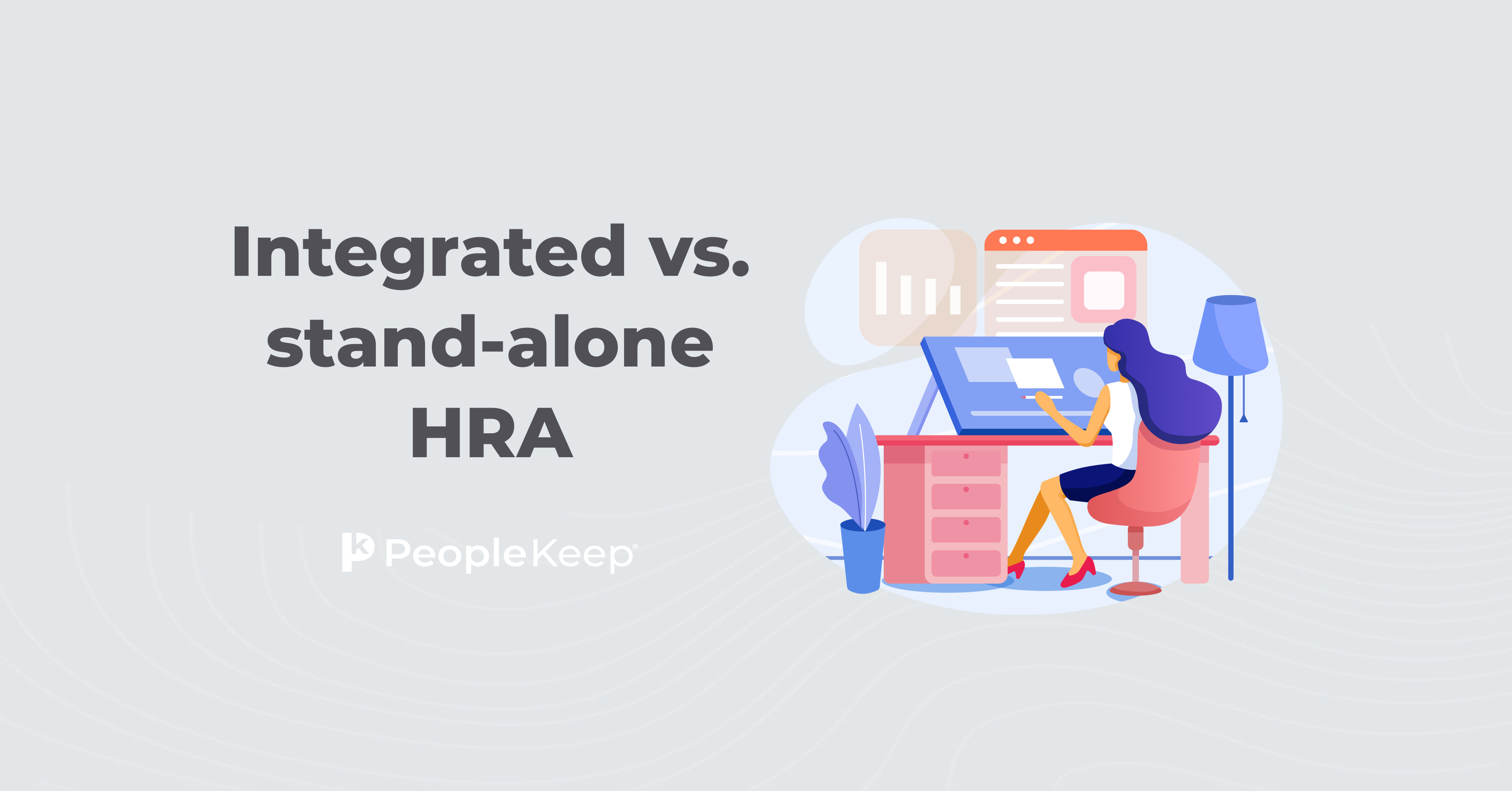
Integrated vs. stand-alone HRA
In this article, we’ll go into detail on integrated HRAs and stand-alone HRAs and the different types that are commonly offered.




